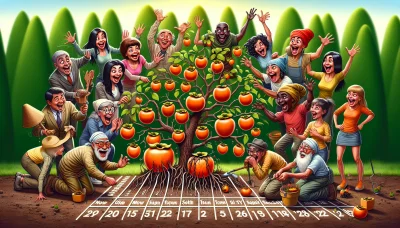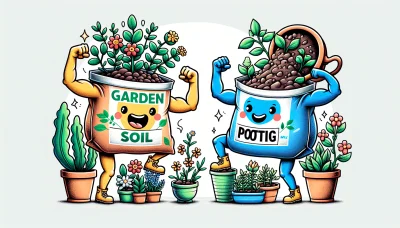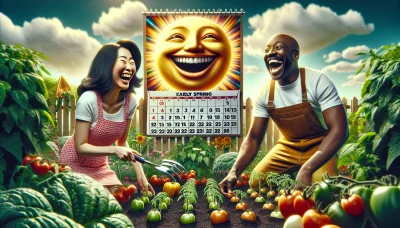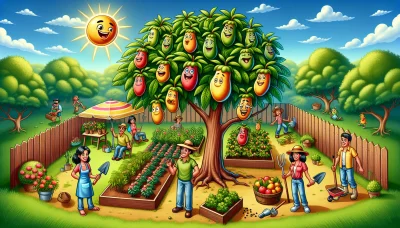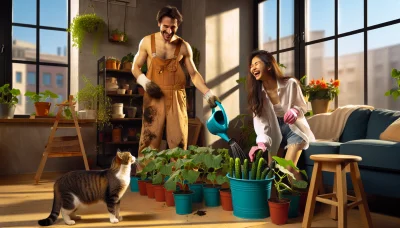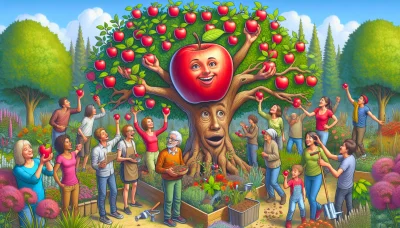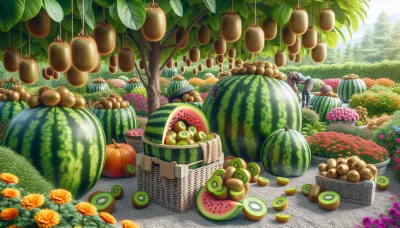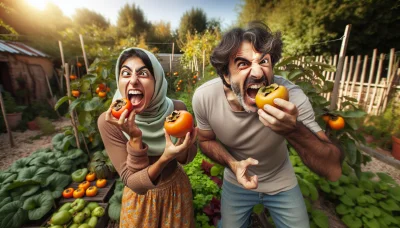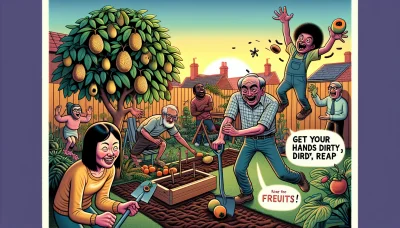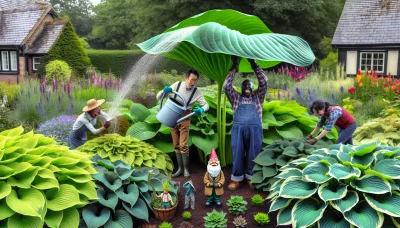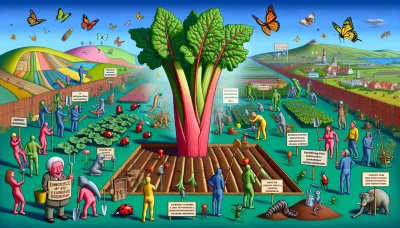Adding sand to garden soil Quiz
Test Your Knowledge
Question of
The Benefits of Adding Sand to Garden Soil
Adding sand to garden soil can significantly enhance plant growth and soil health. Sand improves soil drainage, preventing water from pooling around plant roots, which can lead to root rot and other water-related issues. This is especially beneficial in areas with heavy, compact soil. Furthermore, sand can help to break up dense soil, making it easier for roots to spread and access the nutrients they need to thrive. By improving aeration and preventing soil compaction, sand allows roots to breathe and grow more freely. Incorporating sand into garden soil is a simple yet effective way to create a more conducive environment for a wide variety of plants.
Understanding Soil Types
Different types of garden soil play a crucial role in the health and growth of your plants. The three primary types of soil are clay, sand, and loam, each with its unique characteristics and benefits. Clay soil is dense and holds moisture well but can be hard for plant roots to penetrate. Sandy soil, on the other hand, is loose and drains quickly, which can lead to dry conditions. Loam soil is considered the ideal garden soil as it perfectly balances clay, sand, and silt, offering excellent drainage and nutrient retention. To determine what type of soil you have, you can perform a simple test by squeezing a moistened handful of soil. If it forms a tight ball that doesn't easily crumble, you likely have clay soil. If the soil falls apart immediately, it's probably sandy. A soil that holds its shape but crumbles on touch is loamy soil.
How to Add Sand to Your Garden Soil
- Test your soil to determine its current texture and composition.
- Choose the right type of sand for your soil. Coarse sand is usually recommended.
- Calculate the amount of sand you will need based on the texture you desire.
- Spread the sand over the area of the garden where you want to improve drainage.
- Use a shovel or a tiller to mix the sand into the top 6 to 12 inches of soil.
- Water the area lightly to help the sand and soil integrate.
- Plant your plants and monitor the soil's moisture level to adjust as necessary.
The Right Type of Sand for Your Garden
Understanding the differences between types of sand can significantly impact your garden's health and productivity. Sand is categorized by its grain size and mineral composition, which can vary widely. For garden purposes, the most commonly used sands are builder's sand, sharp sand, and river sand. Builder's sand, often used in construction, has finer grains and can compact over time, potentially leading to poor drainage. Sharp sand, with its larger and more angular grains, is better suited for mixing into garden soils. It improves aeration and drainage, making it ideal for root vegetables and plants that require well-draining conditions. River sand, smooth and polished due to water erosion, is another option, though its fine grains can also lead to compaction. For most gardening applications, sharp sand is the preferred choice, offering the right balance of drainage and aeration for healthy plant growth.
Common Mistakes to Avoid When Adding Sand to Soil
- Not assessing the soil type before adding sand
- Using the wrong type of sand
- Adding too much sand, which can lead to drainage problems
- Failing to mix the sand and soil thoroughly
- Ignoring the need for additional organic matter
- Overlooking the impact on soil pH
- Assuming sand addition is a one-time solution
How Sand Affects Water Drainage and Plant Health
Sand plays a crucial role in soil drainage and, consequently, impacts plant health significantly. When mixed with soil, sand improves the soil's ability to allow water to pass through it, preventing waterlogging and promoting a healthy balance of moisture and air in the root zone. This is particularly beneficial for plants that do not thrive in wet conditions. However, excessive sand can lead to overly rapid drainage, potentially depriving plants of necessary water and nutrients. Therefore, finding the right sand-to-soil ratio is essential for optimal plant growth and health.
FAQs About Adding Sand to Garden Soil
| Question | Answer |
|---|---|
| Why add sand to garden soil? | Adding sand to garden soil can improve drainage and aeration, especially in clay-heavy soils. |
| What type of sand is best for garden soil? | Coarse sand or builder's sand is best for garden soil as it helps improve drainage without compacting. |
| How much sand should I add to my garden soil? | It depends on your soil's current condition, but generally, a ratio of about 30% sand to 70% soil is recommended. |
| Can adding sand to my garden soil affect pH levels? | Sand typically has a neutral pH, but the overall effect on soil pH will depend on the existing soil composition and the type of sand added. |
| Is it possible to add too much sand to garden soil? | Yes, adding too much sand can lead to overly dry soil that drains too quickly, potentially harming plant roots. |

